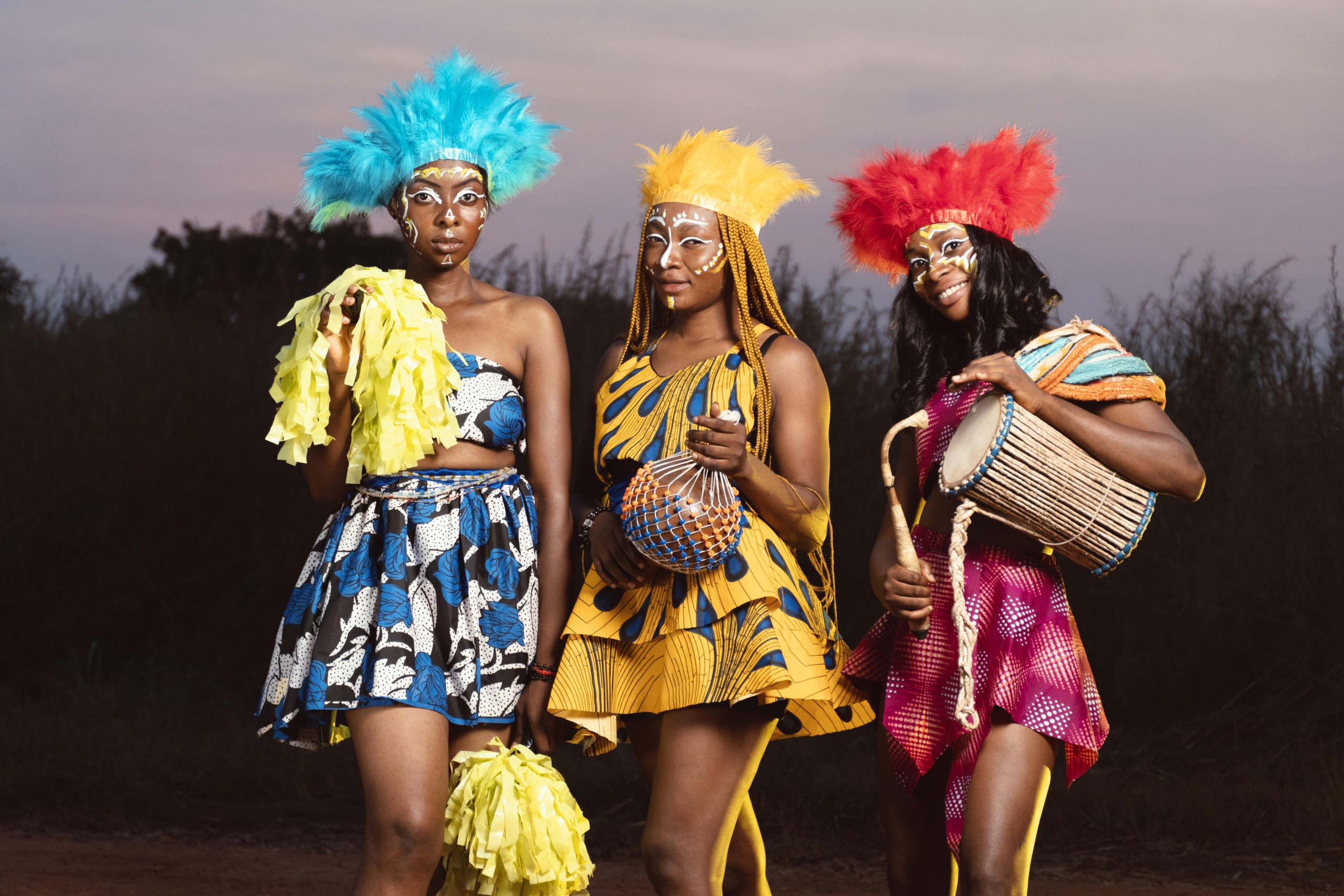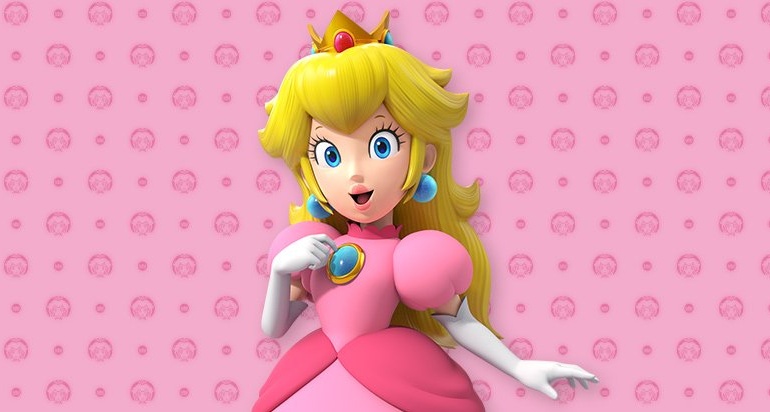The Elegance of Ibibio and Akwa Ibom Traditional Attire: A Celebration of Culture and Style
When we think about African fashion, we’re often drawn to the vibrant colors, intricate designs, and the deep cultural significance behind each garment. Among the many rich cultural traditions of Nigeria, the Ibibio people of Akwa Ibom State stand out for their timeless elegance and attention to detail in their traditional attire. Whether it’s a wedding, a festival, or a simple gathering, the Ibibio and Akwa Ibom traditional clothing for both men and women is a visual celebration of history, culture, and artistry.
In this post, we’ll dive into the striking beauty of Ibibio and Akwa Ibom traditional attire, unraveling the intricate meanings behind these garments and exploring why they remain such an important part of the region’s identity. Trust me, you’ll want to know why these outfits are not just clothes—they’re statements.
The Beauty of Ibibio and Akwa Ibom Traditional Attire
Let’s start with the basics. Ibibio people are one of the largest ethnic groups in Akwa Ibom State, a beautiful region located in the southeastern part of Nigeria. The Ibibio are known for their rich cultural heritage, which is reflected in their vibrant and carefully crafted traditional attire. This clothing is more than just fabric stitched together; it is a living testament to their ancestral pride and sense of identity.
What makes the attire of the Ibibio and Akwa Ibom truly stand out? It’s the combination of vivid colors, bold prints, and fine craftsmanship that each garment carries. Whether it’s the graceful wedding attires or the everyday wear, the clothing embodies a sense of style that exudes dignity, power, and respect for tradition. The colors used—reds, greens, yellows, and whites—often carry symbolic meanings related to wealth, status, fertility, and strength. Every fold and every bead on these garments tells a story.
Men’s Traditional Attire in Ibibio and Akwa Ibom
When it comes to men’s traditional attire in Akwa Ibom and the broader Ibibio culture, it’s all about elegance and simplicity with a dash of extravagance. A typical Ibibio outfit for men features a well-tailored shirt, often adorned with beautiful embroidery or decorative beads, which makes the garment stand out. This is typically paired with a traditional wrapper called an “Ikoto”, which is a large piece of cloth wrapped around the waist and tied with precision.
The shirt may be made from fine, brightly colored fabrics such as aso oke, adire, or ankara. In Akwa Ibom, there’s also a popular use of dashiki-style shirts, which, though originally borrowed from West African cultures, have been beautifully adapted with local embroidery and prints.
The attire isn’t complete without the accessories. For men, beaded necklaces and headgear (often made of traditional cloth or beads) are common, and they symbolize not just the fashion sense but also the societal status of the wearer. For men in Ibibio and Akwa Ibom culture, wearing these clothes isn’t just about looking good—it’s about announcing your identity, heritage, and respect for the community.
Women’s Traditional Attire in Ibibio and Akwa Ibom
Now, let’s turn to the women’s side, where tradition and beauty collide in stunning fashion. Women in Ibibio and Akwa Ibom culture have an incredible knack for turning simple fabrics into masterpieces. The Ibibio Akwa Ibom traditional attire for women often includes intricately designed dresses, wrappers, and blouses that are sewn to perfection. These outfits are crafted with beautiful fabrics such as silk, velvet, and the traditional aso oke.
One of the most notable features of the Ibibio woman’s outfit is the blouse and wrapper style. The blouse is usually tailored to fit snugly, with elaborate embroidery around the neck and sleeves. The wrapper, a long piece of fabric tied around the waist, is often beautifully patterned and complements the blouse. The way a woman ties her wrapper is a sign of her expertise in maintaining cultural tradition. It’s said that the tightness and positioning of the wrapper can tell you a lot about the woman’s status in society, her marital status, and even her personality!
But it’s not just about the fabric and fit. The accessories play a crucial role in the overall look. Women adorn themselves with intricate beaded jewelry, often made from local materials like wood, coral, or cowrie shells. These beads symbolize strength, fertility, and cultural connection. A woman dressed in her full regalia is not just a sight to behold; she is a living embodiment of her heritage.
The Ibibio Bride: A Glimpse into Traditional Wedding Attire
When it comes to weddings in Ibibio and Akwa Ibom culture, the traditional attire is absolutely a sight to behold. The Ibibio bride’s traditional wedding attire is a mix of elegance, symbolism, and sheer beauty. The bride’s dress is often a reflection of her cultural identity, made with rich fabrics, beads, and intricate embroidery. The dress is typically fitted and adorned with exquisite beadwork along the neck and waist, while the bride’s headgear—often a beaded crown or woven cloth—adds a majestic touch.
For the Akwa Ibom bride, the traditional marriage attire can sometimes include coral beads (which are symbolic of beauty and wealth) and other adornments. The combination of colors, beads, and the finesse with which the attire is worn gives the bride an aura of royalty. It’s not just about looking stunning—it’s about signifying the transition from a maiden to a wife and the deep connection to the community and family.
In these weddings, the bride is often accompanied by other women in their own traditional finery, with each outfit telling a different story. The colors and styles may vary depending on the specific ethnic group or village, but the underlying themes of respect, grace, and cultural pride remain the same.
Why Traditional Attire Matters
You might wonder, in this age of globalization and rapid modernization, why are traditional outfits still such an integral part of the Ibibio and Akwa Ibom identity? The answer is simple: traditional attire is a reflection of the people’s history, culture, and values. It’s a way of keeping their heritage alive in a fast-changing world.
When you wear traditional attire, you’re not just donning clothes; you’re embracing a legacy passed down through generations. The techniques of fabric-making, the art of beadwork, and the symbolism of colors all carry the weight of history. Wearing these garments connects the individual to the collective story of the people—past, present, and future.
Moreover, these traditional outfits serve as markers of important life events, such as weddings, birthdays, and festivals. They remind us of the values that matter most—community, family, and respect for the past. Every stitch, every bead, every fold carries significance. And so, wearing these clothes is a conscious act of cultural preservation.
Conclusion: The Timeless Beauty of Ibibio and Akwa Ibom Traditional Attire
From the intricately designed blouses and wrappers to the elaborate beaded accessories, the Ibibio and Akwa Ibom traditional attire is more than just clothing—it’s a story in fabric. Whether it’s a wedding, a cultural festival, or an everyday affair, these garments serve as a visible reminder of the rich history and deep cultural pride of the Ibibio people.
Ibibio and Akwa Ibom traditional attire is a perfect marriage of fashion and function. It’s a celebration of community, identity, and history. So the next time you see someone dressed in these beautiful garments, remember that it’s not just a look—it’s a living testament to an ancient culture that refuses to fade away. And trust me, there’s nothing more stylish than that.


